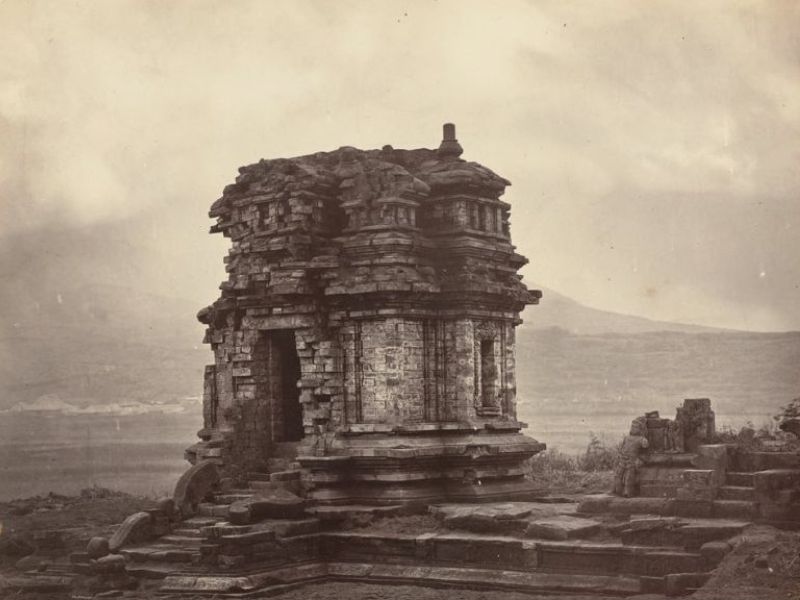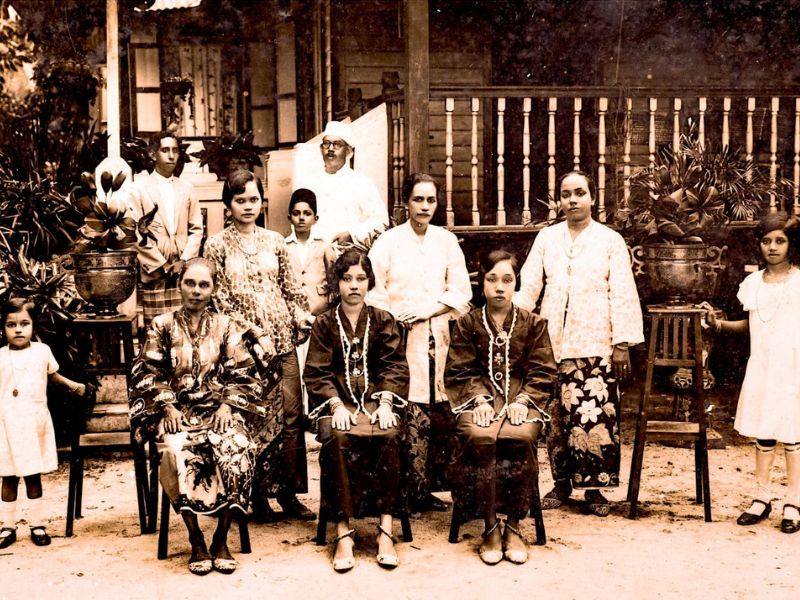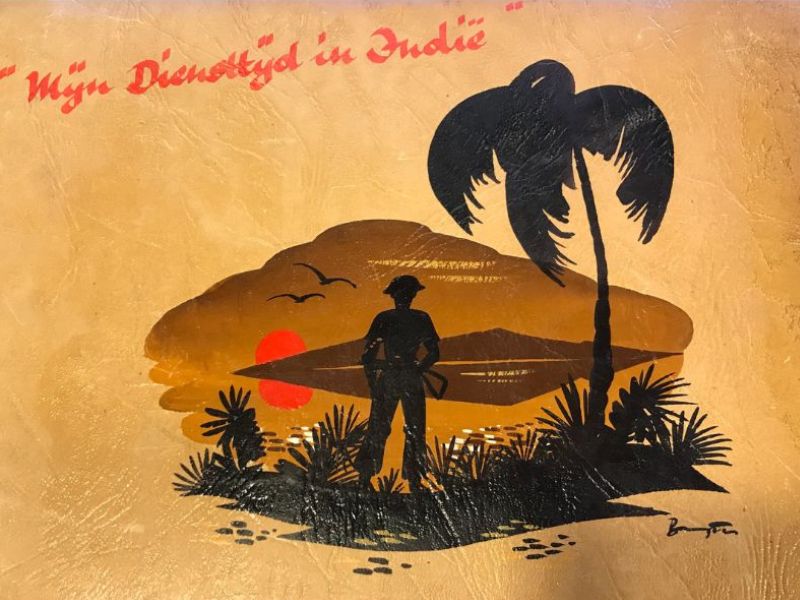
- This event has passed.
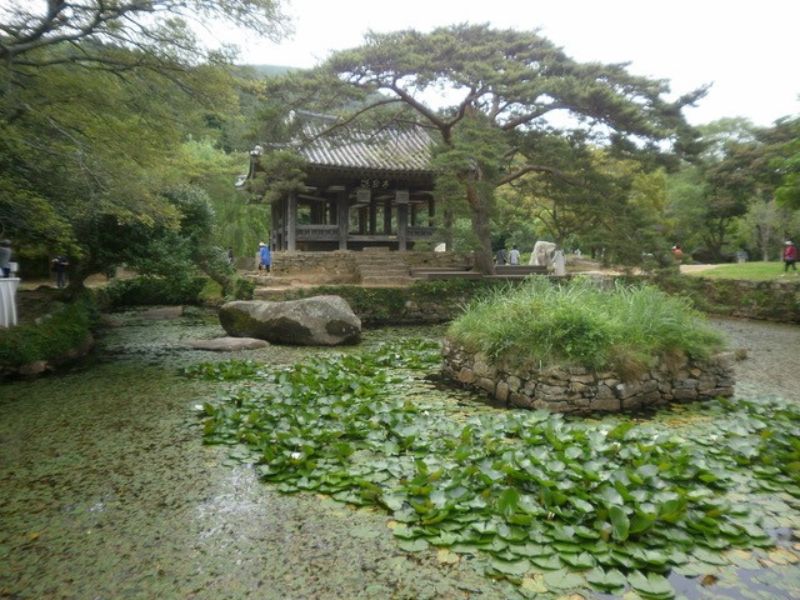
Confucian scholarly retreat garden on Boglido Island, South Korea
Although Korean gardens share some characteristics with Chinese
ones they have many uniquely Korean qualities. There is a long tradition
of gardening for beauty and pleasure on the peninsula. Despite Korea’s
turbulent history, a surprising number of old gardens or at least
fragments of old gardens, survive. Independence from Japan, the end of
the Korean War and the resurgent South Korean economy mean that
many of these old gardens are being restored and new gardens
informed by tradition are being built, especially in Seoul.
Interesting gardens surround royal tombs, the surviving palaces in Seoul
and in Buddhist temples, rural scholarly retreats, and former Confucian
academies throughout Korea. Western visitors often enjoy their elegant
beauty but would have a far richer experience if they could understand
the layers of symbolism and literary allusion and calligraphy embedded
in these traditional gardens. Jill will describe and explain the several
types of gardens with special emphasis on these embedded literary
references and symbolic content.
JILL MATTHEWS
Jill Matthews is a retired lawyer and a qualified Horticulturist and
Landscape Designer who has travelled widely in Asia, especially India,
Hong Kong and Japan. She now divides her time between her gardens
in Sydney and Canberra. For many years she visited, researched and
photographed traditional Korean gardens and is the author of Korean
Gardens: Tradition, Symbolism and Resilience.
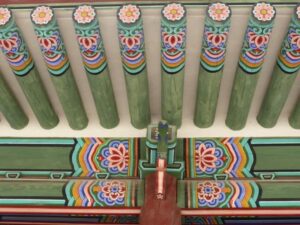
Traditional dancheong painting on Joseon dynasty royal tomb building, Seoul, South Korea
Please make all bookings and payments online in advance via this website.
